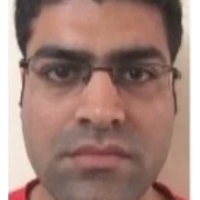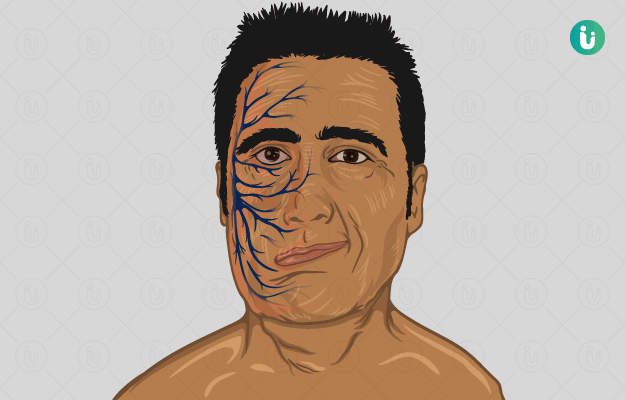What is facial paralysis?
Facial paralysis is a medical condition that is caused due to a damage to the facial nerves, thereby, rendering the patient unable to make facial movements to make expressions, to eat or to talk.
What are its main signs and symptoms?
The common signs and symptoms of facial paralysis include;
- Inability to close eyelids or blink
- Inability to move the face
- Drooping of the mouth
- Inability to maintain the balance of facial structures
- In case of facial paralysis, the person is unable to raise eyebrows
- Difficulty in talking and eating (Read more: Difficulty speaking causes)
- Difficulty in overall facial movements
Due to the inability to convene basic functions using the face, it generally ends up isolating the patient. Therefore, it is very important to follow-up in the treatment to see effective results.
What are its main causes?
Facial paralysis can occur suddenly or it can happen gradually. Some of the common causes of facial paralysis include:
- Infection or inflammation in the facial nerve
- Tumour in the head
- Tumour in the neck
- Stroke
- Trauma or stress
- Bell’s Palsy (the most common form of facial paralysis in the US)
It can occur due to other reasons as well such as;
- Injury of the face
- Infection with Lyme disease (bacterial disease transmitted to humans by ticks)
- Infection with viruses
- Autoimmune diseases like vasculitis
- Inaccurately performed dental procedures that damage some facial nerve
- In rare cases, babies upon birth can also be affected with facial paralysis (which recovers later )
How is it diagnosed and treated?
If you happen to experience any of the above-mentioned signs and symptoms, you must book an appointment with your doctor immediately. Numbness and weakness in the face can be considered important early symptoms of facial paralysis.
The doctor will examine physically both sides of your face. He/she will also ask you questions about your recent health problems and injuries. Then he/she may decide and ask you to get some important tests and diagnostic procedures done. These may include:
- Blood tests (to check for blood sugar levels)
- Lyme test
- Electromyography (EMG) to study the nerve and muscle pattern
- CT scan/ MRI of the head
Upon effective diagnosis of the disease, the doctor, upon considering different parameters (such as patient age, cause, and severity of the disease) shall prescribe you relevant treatment options which broadly include:
- Physical/ speech therapy
- Facial muscle training therapy
- Biofeedback training to improve the control of the facial muscles
- Plastic surgery in case of physical damage to the face and to assist the closing of the eyes
- Specific medications for underlying causes such as high blood pressure too maybe needed.

 Doctors for Facial Paralysis
Doctors for Facial Paralysis  OTC Medicines for Facial Paralysis
OTC Medicines for Facial Paralysis



















